---------------------------------------------------------
From the EPA we walked to Callison, a nearby architecture firm. Cindy Davis served us Halloween cookies and showed us the library. Cindy started in marketing at Callison in 1995 after working in a combination marketing/librarian position in Dallas. She pitched the idea of a library and got the green light to start one.

Cindy and her assistant Erin Williamson support a staff of about 400. They get a wide variety of research questions. One day they might find examples of architectural projects using faux and live interior landscapes for comparison, and the next day look up the water systems and climate in a foreign city.
Architects tend to be very visual and often don’t want a lot of text. They like to see what their peers around the world are doing and keep up with current trends. Print materials are still the norm in the library due to the focus on visual information. This keeps the library back from the cutting edge technologically, but focused on the particular needs of those it serves. However, they do have an Intranet site for accessing collections and checking out materials.
The library supports code compliance by making sure the company has complete and up-to-date codes and product standards, often via online access. International projects often are designed to a US-based international code, generally more stringent than local codes. They can also be handed off to overseas firms who handle code compliance. The firm is less involved in the construction phase, but does focus on sustainability. The collection includes resources on sustainable products, and both Cindy and Erin are LEED accredited and understand standards and product requirements.
Cindy developed a cataloging system for the library modeled after the company and its own products and services, putting herself in the architects’ shoes and making materials easy for them to find. Categories include monographs about particular architects, materials, and specific types of buildings.
We also got to see the Design Resource Center, a gallery of resources for interior components and finishes. Anything you can imagine covering a wall or floor or topping a counter can be found there. Lindsay, the center’s manager, works with sales reps on projects and stays abreast of current trends. She puts on product showcases, bringing in vendors to display new products and meet staff members.
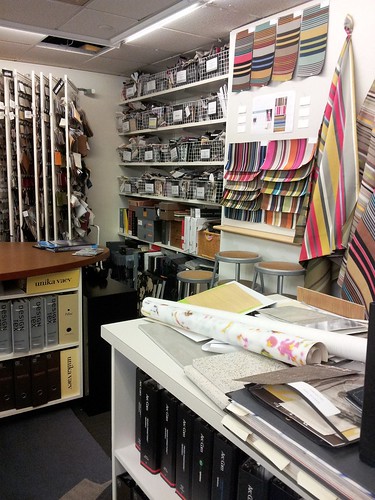
Cindy suggests that special librarians understand the library and company’s purposes, and ask lots of questions. Working with different kinds of people, from designers to project managers to IT staff is another key to success. People are often willing to shed their egos with librarians and get our help because they know that we can make them look good. We’ll be challenged to show the value of what we do, but it’s also where we can shine.
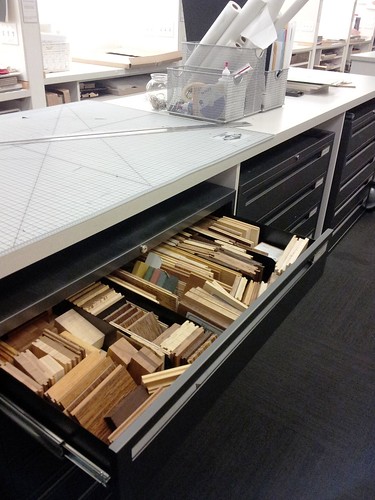
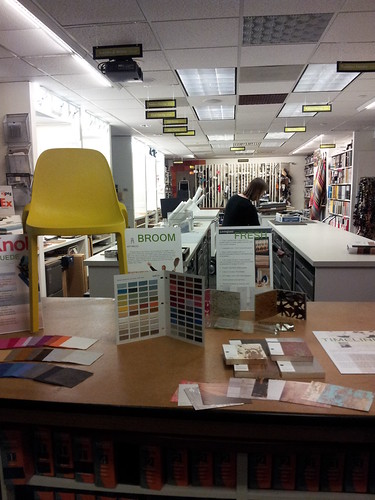
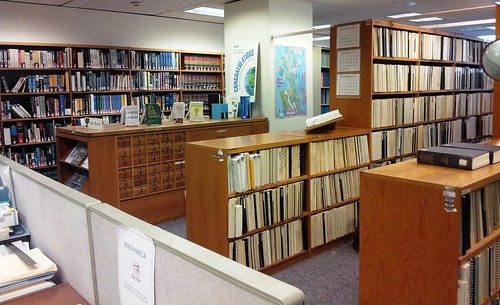
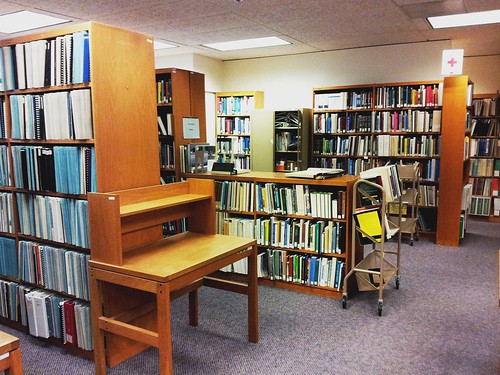
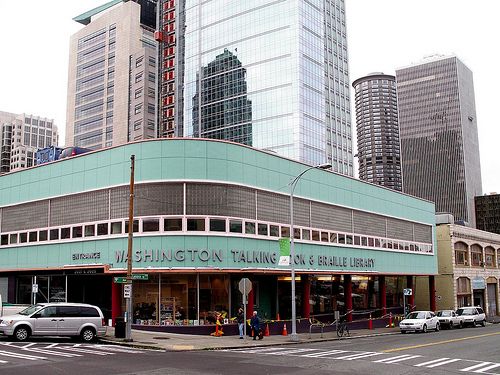
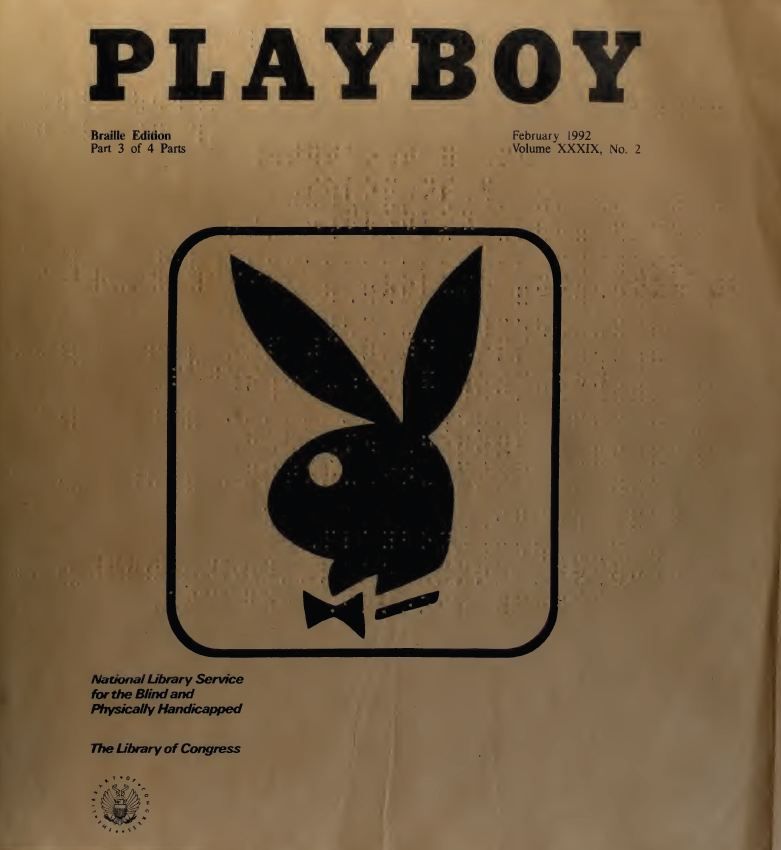
 and also maintains the sculpture garden which has some interesting pieces by Rodin among others. The museum is developed around the core collection bequeathed to the Smithsonian by the Founder
and also maintains the sculpture garden which has some interesting pieces by Rodin among others. The museum is developed around the core collection bequeathed to the Smithsonian by the Founder 
